Stay Warm While Cycling This Winter
I love bikes because you can go anywhere you want on them and cycling is good exercise and great for your health and we all need fresh air sometimes, I remember my first bike it was a Grifter, the frame weighed a ton, it had 3 gears, which never worked the pedals were bad but in defence it did have a comfy seat, but I always hated riding in the cold
As a cyclist, it’s important while you are out on a ride on your electric bike or push bike, that you keep your body warm. Outdoor riding, especially in snow and ice, can be very energy-sapping, this is great for winter riding
Neck Warmers For Cyclists: The Best Way To Keep Warm On A Cold Ride
In the winter, bike riders are faced with the same question: how do you stay warm on a cold ride? The answer is not always easy to find. Winter brings with it colder temperatures and more time spent outside in the cold. If you’re not properly bundled up, chances are that your ride will be cut short and you’ll have to go back home early. However, with neck warmers for cyclists in winter, even lengthy rides can be enjoyable!
Ways to keep neck warm for cyclists?
Neck warmers are a great way to keep warm on a cold cycle. They are typically made of a thin, lightweight material that is designed to wick away moisture and provide insulation. Neck warmers can be worn under or over your clothing, and they are easily adjustable so you can get the perfect fit. Most neck warmers have a toggle or drawstring closure that allows you to tighten or loosen the suit as needed.
Neck warmers are a great option for cyclists who want to stay warm without adding too much bulk. They can be worn under helmets and glasses, and they will not interfere with your breathing like a scarf can. If you start to feel too warm, you can simply pull the neck warmer down around your neck – no need to remove it entirely. Neck warmers are also very affordable, making them a great choice for budget-conscious cyclists.
You should not let the elements stop you from enjoying cycling, weather your racing or just doing it for leisure.
So if you’re looking for a way to keep warm on your next ride, consider investing in a neck warmer. You’ll be glad you did!
Who uses these products during winter?
Neck warmers are great for anyone who cycles during the winter months. They help to keep you warm on those cold rides, and can also be used to protect your face from the wind and snow. There are many different styles of neck warmers available, so you can choose one that best suits your needs. Whether you’re looking for something simple to keep your neck warm, or something more elaborate to protect your face, there’s a neck warmer out there for you.
Which types of neck warmers are best for cold rides?
If you’re looking for the best way to keep your neck warm on a cold ride, look no further than neck warmers! Neck warmers come in a variety of materials and styles, so you can find one that’s perfect for your needs.
For example, if you’re looking for something lightweight and breathable, a neck warmer made of merino wool is a great option. If you need something a bit more substantial to block out the cold, a neck warmer made of fleece or synthetic insulation is a good choice.
Whatever material you choose, make sure to look for a neck warmer that fits snugly around your neck and won’t slip down during your ride. And if you’ll be riding in really cold weather, look for a neck warmer with a windproof or water-resistant outer layer.
Pros and Cons of this item for Cyclists
As the weather gets colder, many cyclists start to think about how they can keep warm on their rides. One option is to wear a neck warmer, also called a neck tube or gaiter. Neck warmers are pieces of fabric that you can pull up over your nose and mouth, providing an extra layer of warmth.
There are some pros and cons to using neck warmers as a cyclist. On the plus side, they can help you stay warm on cold rides. They’re also relatively cheap and easy to find. On the downside, they can be a bit uncomfortable to wear, and they can make it hard to breathe if you’re working hard on a climb.
If you’re considering using a neck warmer on your next ride, it’s worth weighing the pros and cons to see if it’s right for you. But either way, there’s no need to suffer through a cold ride – there are plenty of other ways to keep warm!
In the winter, bike riders are faced with the same question: how do you stay warm on a cold ride? The answer is not always easy to find. Winter brings with it colder temperatures and more time spent outside in the cold. If you’re not properly bundled up, chances are that your ride will be cut short and you’ll have to go back home early. However, with neck warmers for cyclists in winter, even lengthy rides can be enjoyable!
Most people these days cycle in many different ways. Some people use their bike to commute into the city, battling with the road traffic, while others enjoy riding up a mountain, cross-country or riding. Some people even do those scary downhill rides, all of which have various fleece jackets, trousers and all kinds of cycle clothing for our winter rides.
Having some kind of neck protection can help with your cycling gear and can become an important part of your accessories. It can protect your head and neck, which can get very cold sometimes, even when you’re wearing a good helmet, without you even noticing until you stop.
Cycling neck warmers tend to be like a tube, a kind of material you can use to cover your face and mouth which can be handy, but these can also not be that effective at keeping warm, or they constantly fall down while riding,
What is a cycling neckwarmer?
A neck warmer, also known as a neck tube or neck gaiter, is a piece of clothing worn around the neck for warmth. It is not only for cyclists, you can use it when you are motorbiking, skiing, snowboarding or just walking. They can be worn alone or under a helmet.
This is a thermal winter neck warmer. This item is very soft lined. It does not irritate you while wearing it, it’s thick and waterproof and also wind proof and has a layer that the water cannot penetrate. The cold simply doesn’t penetrate the protected area. It is also very well made and durable. It looks like something that will last you a lifetime.
It also protects the front of your neck as well, as I often find while cycling, I had to have my coat zipped up all the way or the draft went down the front of my coat, but this stops that you don’t have to do up your coat.
It uses Velcro to snap together, so you can adjust it to how tight you want it so it fits anyone of any size. It does seem a little like overkill, but a Scarfe. I found they kept falling down. This doesn’t stay where it is. In fact, I often felt quite warm when I was wearing it.
The only annoying thing is getting used to putting them on, which can be a little confusing at first, but you will get the hang of it if you like them.
What are the benefits of using a winter cycling neck warmer?
There are many benefits of using a winter cycling neck warmer, including:
1. Keeping your neck warm: This is perhaps the most obvious benefit of using a neck warmer, and it is especially important in cold weather. A neck warmer can help to prevent heat loss from your body, and keep your neck warm even when the temperature drops.
2. Preventing Windchill: Another important benefit of using a neck warmer is that it can help to prevent windchill. This item does have a higher price than some of the other bicycle warmers, but this one is a quality item.
What is the neckwarmer made of?
It is made out of wool and cloth, it has diamond-shaped stitching to help it keep more warmth, it’s a kind of plastic surface so you can clean it if need be, and it’s comfortable to wear.
The item is blue it does appear to be mainly a men’s product however its a unisex product, but there is no reason why this isn’t suitable for women and even children, sadly the item does not have a range of colours yet.
Is the warmer waterproof?
Yes, it is fully water proof and wind proof-you can also put it in the washing machine to clean it.
Specification:
Name: Warm Bib/neck warmer
Material: woollen cloth, with fur lining.
Who designed the first one?
The cycling neck warmer was designed by a company called Snuggy Bugs. The company is based in the United Kingdom and specializes in designing and manufacturing clothing and accessories for cyclists. The neck warmer is made from a lightweight, breathable fabric that helps to keep the wearer’s head and neck warm while cycling. It also has a reflective strip on the back to help make the wearer more visible to other cyclists and motorists.
What are the different types of warmers?
Conclusion
There you have it, our list of the best neck warmers for cyclists to keep them warm on a cold ride. We hope that this article has helped you find the perfect neck warmer for your needs and that you can now enjoy cycling in the colder months without having to worry about being cold. Do you have a favourite neck warmer? buy your neck warmer from us also.
Returns
Returns are accepted for all our items but you will need to pay for the return shipping.
Delivery
This is usually sent for FREE within the UK by 2nd class post
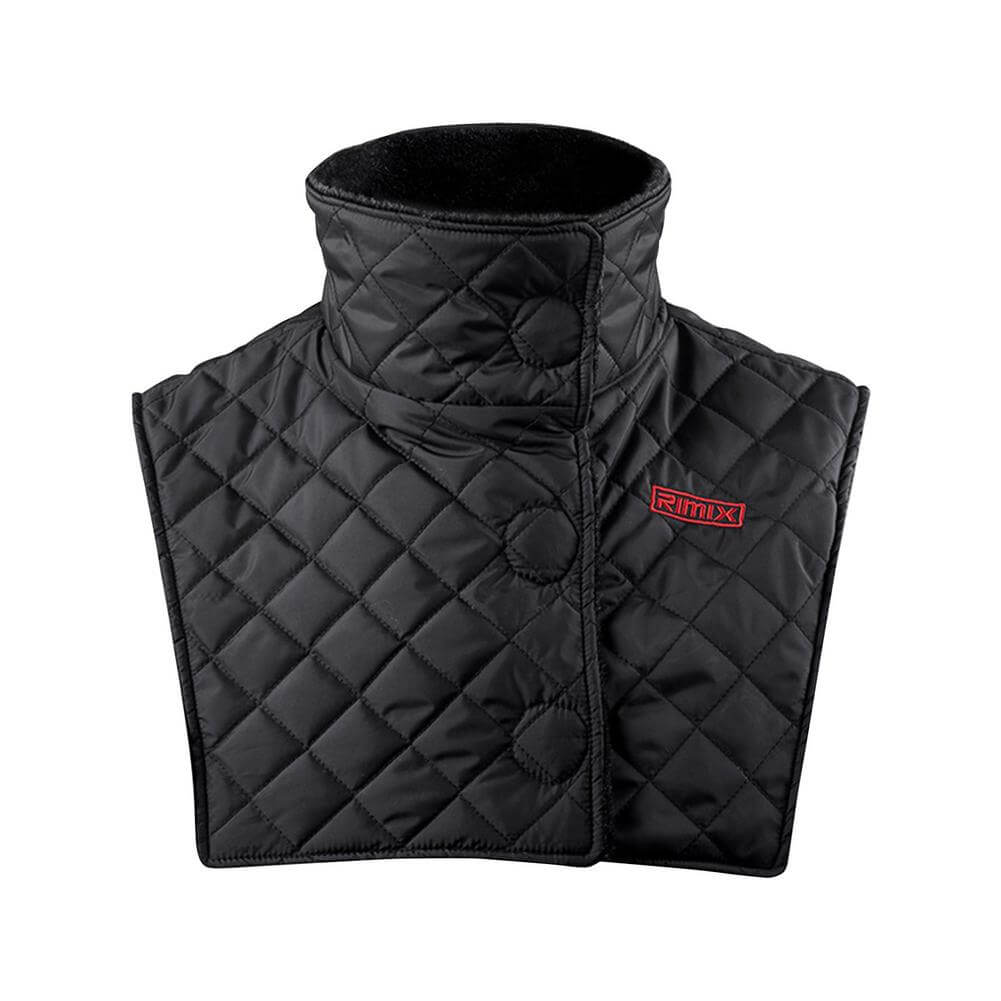
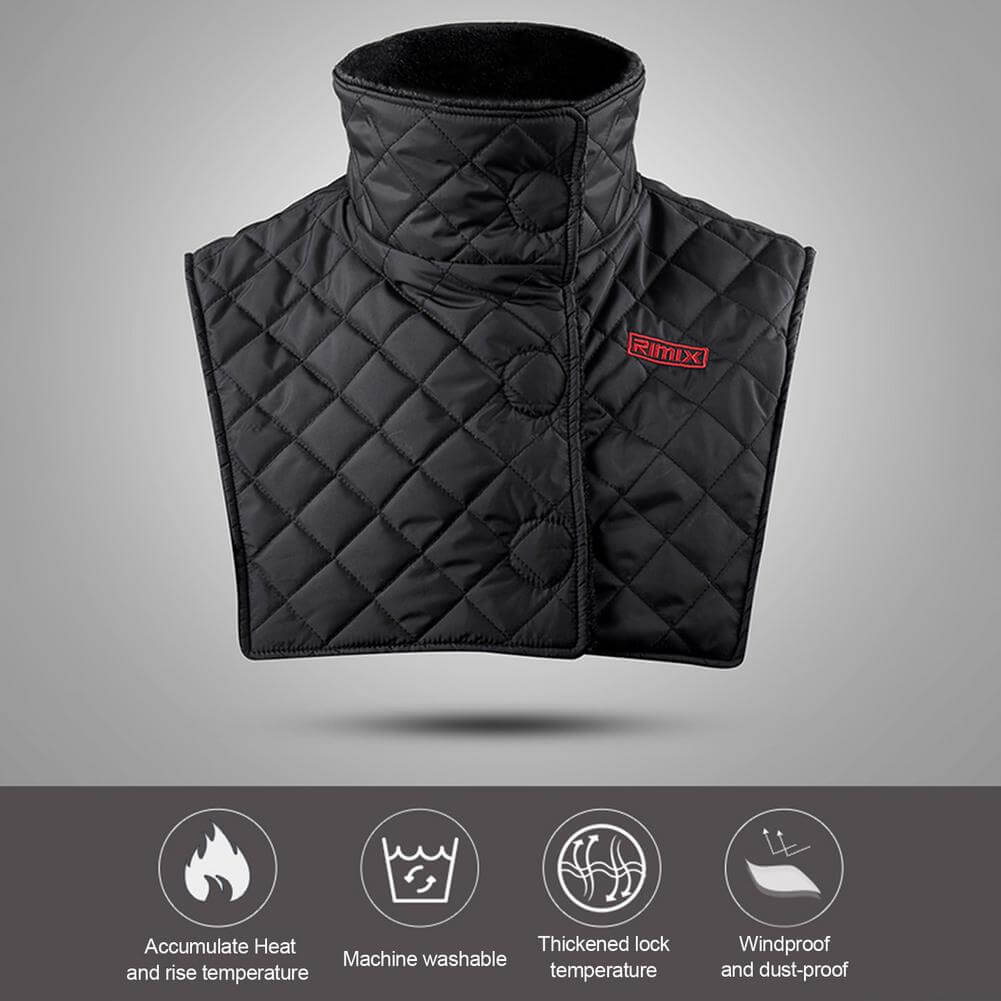
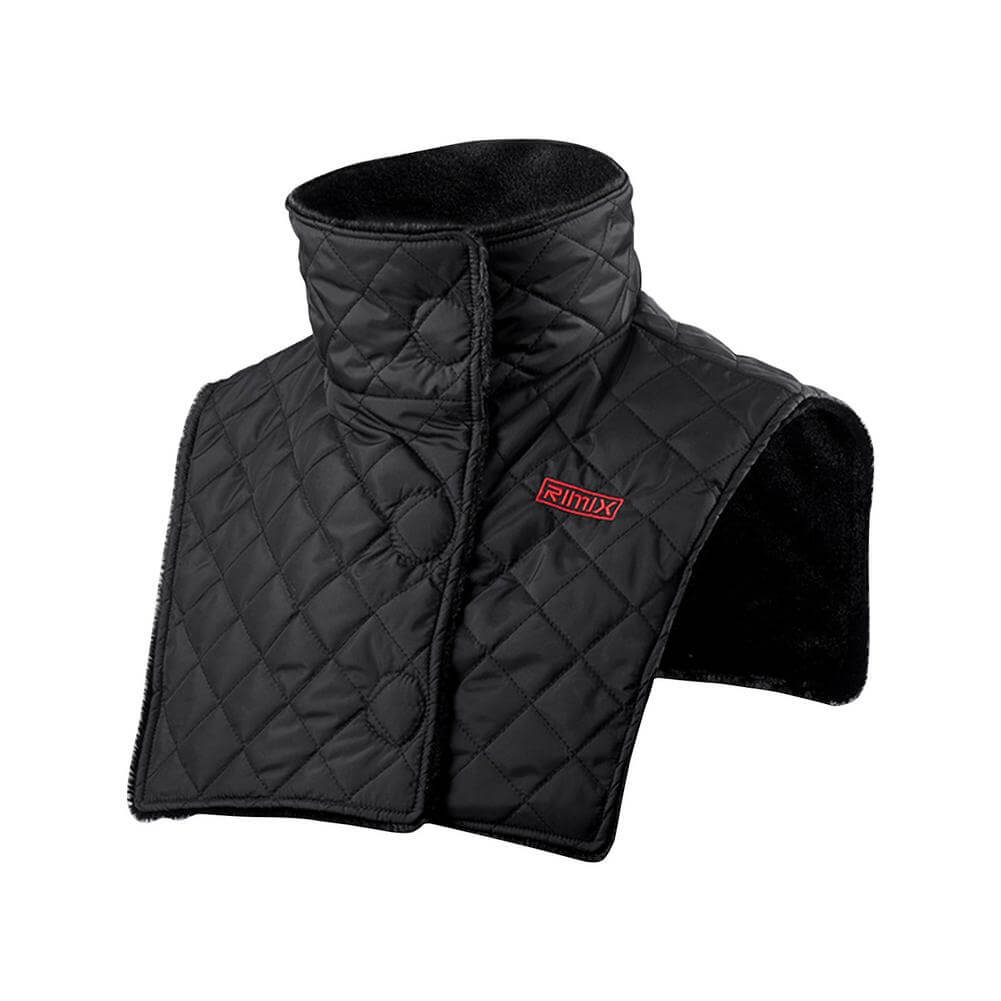
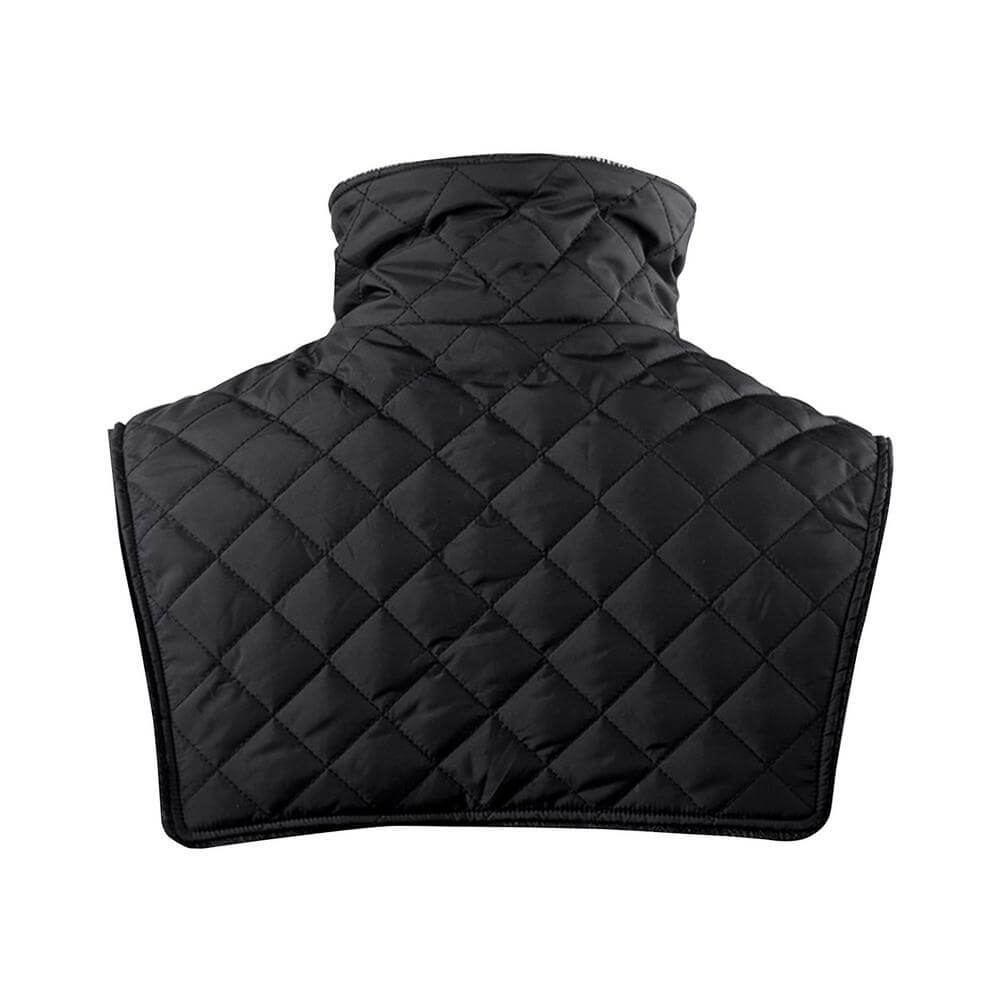
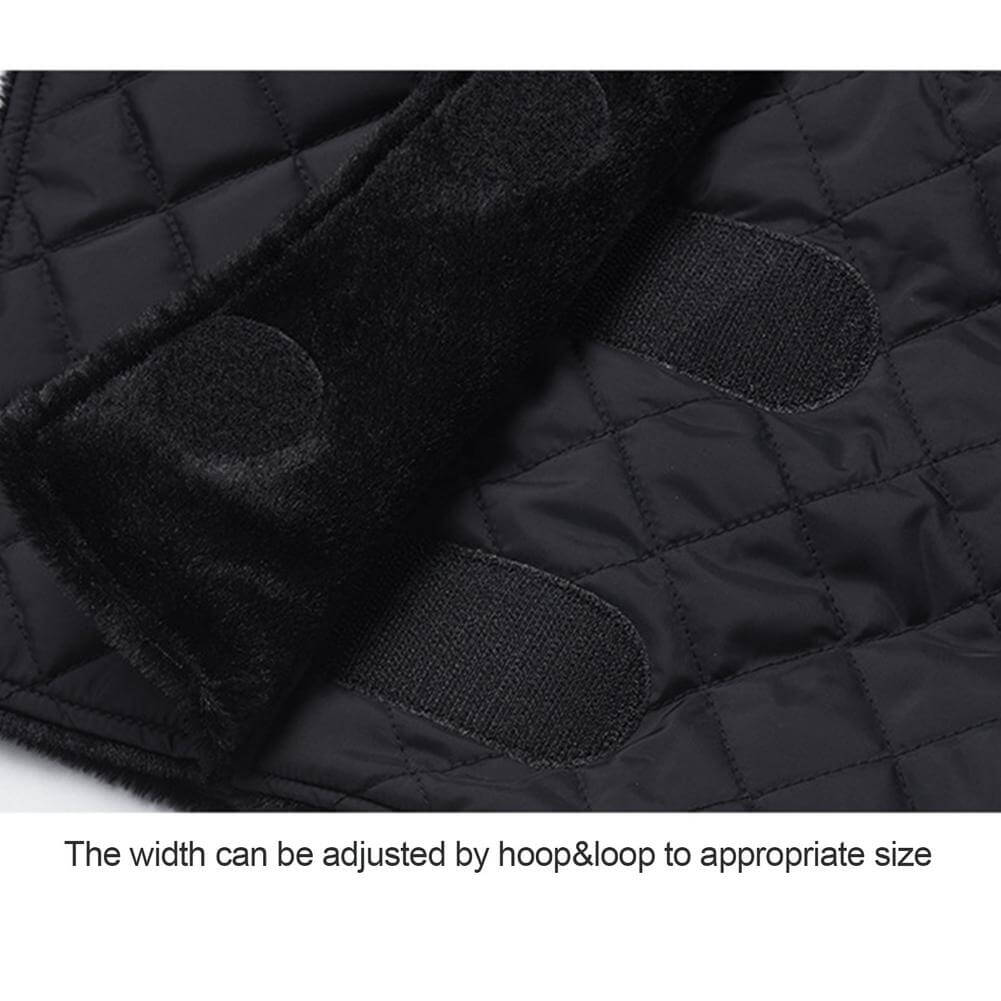
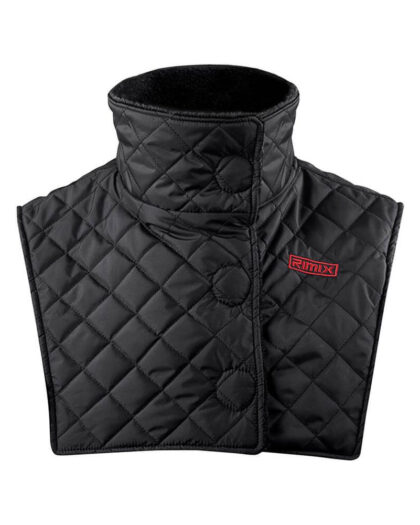
There are no reviews yet.